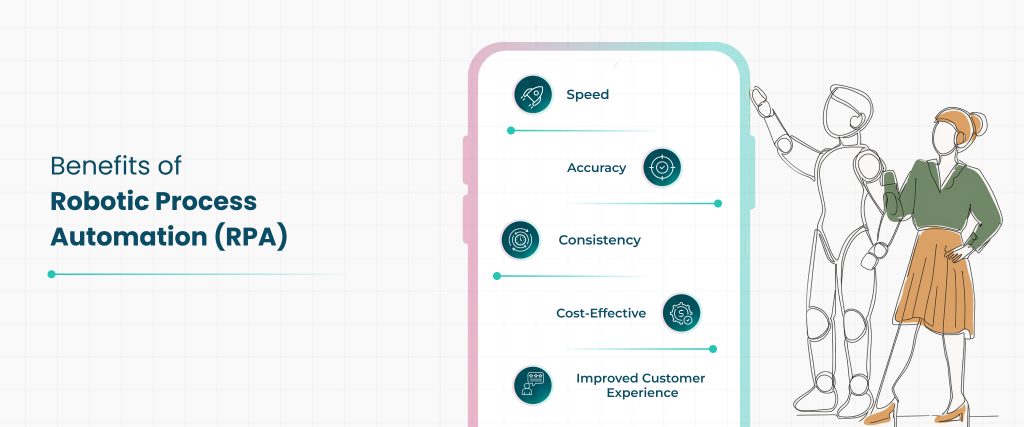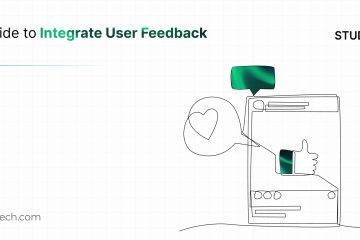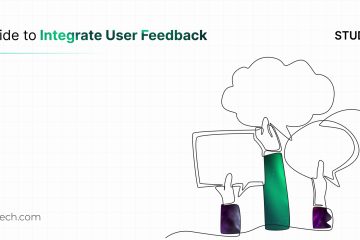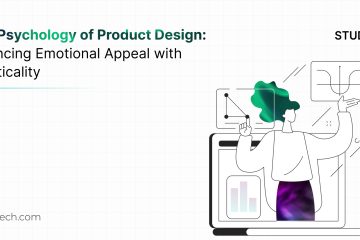Customer onboarding is a vital part of the customer journey, establishing the foundation for the customer-company relationship. A smooth process helps new customers feel valued and confident. Incorporating steps like data collection, identity verification, and compliance checks helps ensure accuracy and security.
The Traditional Method: Manual Onboarding and Its Challenges
In the traditional onboarding process, new customers must fill out forms in the application and submit documents for identity verification. Human agents then manually check and enter this information into the company’s systems, followed by a compliance review.
This manual process has several challenges:
- It is time-consuming: Verifying documents and entering data manually can take days or weeks.
- It is error-prone: Human errors can occur in data entry and verification, leading to compliance issues.
- It is cost-intensive: Employing staff to handle these tasks increases operational expenses.
- It is riddled with inconsistencies: The quality and accuracy of the process can vary depending on the individual handling the task.
- It leads to customer frustration: Slow and cumbersome processes can frustrate customers and leave a negative impression.
Leveraging RPA to Tackle Manual Onboarding Challenges
By utilizing software robots, commonly referred to as ‘bots,’ RPA tools mimic human actions such as data entry, document processing, and verification, streamlining the onboarding process.

Benefits of implementing RPA
- Speed: Processes tasks faster than humans, reducing onboarding time.
- Accuracy: Minimizes errors with precise task execution.
- Cost-Effective: Lowers operational costs by reducing the need for manual labor.
- Consistency: Ensures a standardized and reliable process.
- Improved Customer Experience: Provides a faster, smoother, and more satisfying onboarding experience.
Applying Benefits of RPA in Design to Drive Efficiency
Data Extraction
When users need to fill out lengthy forms using information from provided documents, RPA can significantly streamline the process. For example, instead of manually entering address details from an ID proof, RPA can automatically extract this data. The extracted information is then used to populate the forms accurately.
Document Verification & Accuracy
Using OCR and machine learning, the RPA method ensures 100% data accuracy and eliminates the risk of human error. Additionally, it saves users considerable time and effort, reducing frustration and improving their overall experience. By automating this step, businesses can also ensure a consistent and efficient onboarding process.
Database Integrity Checks
Automating database verification is essential for compliance. Using RPA, bots can cross-check customer information across internal databases (like customer records and transaction histories) and external sources (such as government records, credit bureaus, and watchlists). This automated process ensures that all customer data is accurate, current, and meets regulatory standards.
For example, if a customer submits an address, the bot can verify it against government postal records. Any discrepancies are flagged for human review, enhancing verification accuracy and reliability while reducing the risk of fraud. This automated approach speeds up the onboarding process, ensuring businesses meet compliance requirements without imposing manual checks on customers or staff.
Data Entry & Cross-referencing
Once the data is extracted from the customer proof document, bots can seamlessly enter it into the company’s Customer Relationship Management (CRM) system and other relevant databases. This ensures that the information is correctly formatted and stored in the right fields, eliminating the risk of human error.
In addition to initial data entry, RPA bots can also handle updates. For example, if a customer needs to change their address or update their contact information, bots can quickly process these changes. They can cross-reference the new data with existing records to ensure consistency and update all relevant systems simultaneously.
Notification and Communication
Bots will be able to interact with the customer for their queries, and if needed, they can assign a human to talk to the customer and provide multiple benefits like:
Automated Updates
Bots can send automatic notifications at each stage of the onboarding process, such as confirmation emails when documents are received, updates during verification, and final notifications upon completion. This keeps customers informed and reduces uncertainty.
Requests for Additional Information
If there are issues with the submitted information, bots can automatically request additional documents or clarifications. These messages are timely and guide customers on what to do next.
Consistent Communication
Bots ensure all messages are consistent and professional, providing clear and standardized instructions to all customers.
Multi-Channel Support
RPA can manage communications across various channels like email, SMS, and in-app notifications, ensuring customers receive updates in their preferred way.
Follow-Up Reminders
Bots can send reminders for tasks that require customer action, such as submitting additional documents, helping to prevent delays.
What’s the Takeaway?
Creating a fresh customer onboarding process with RPA turns what was traditionally slow and prone to errors into a streamlined, accurate, and user-friendly experience. Relying on RPA’s capabilities enables businesses to cut operational expenses, maintain compliance, and boost customer satisfaction. In a competitive environment, optimizing the onboarding process not only enhances internal operations but also establishes a strong base for enduring customer loyalty and confidence.


